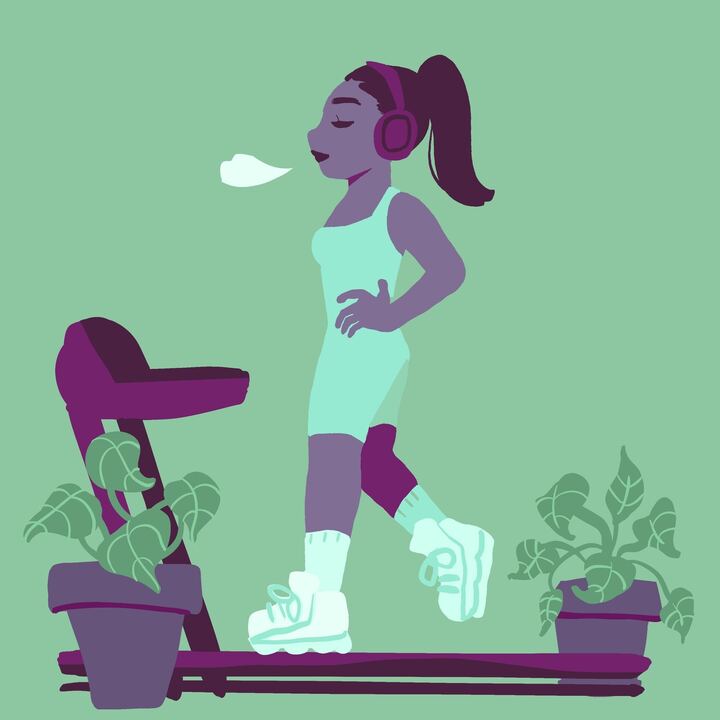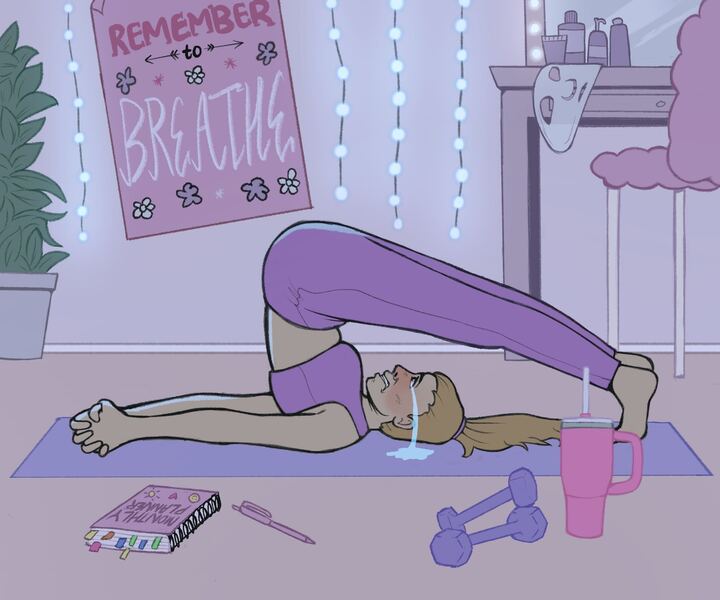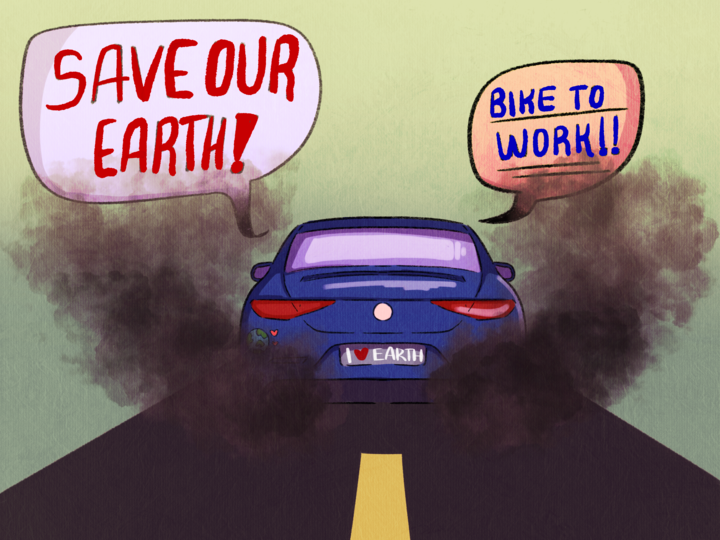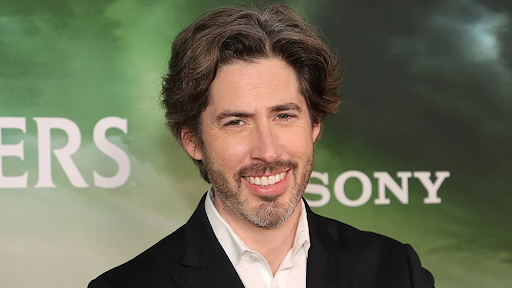
I come from a town with a population of about 10,000—most of who lived in smaller suburbs just outside the city limits. There are two main roads in the town—you drive down one, take a right onto the other one and you’ve driven through the whole thing.
When I discovered that new place I would be calling home had a population 50 times greater than where I grew up and spread over a much larger area, I was a little overwhelmed.
I couldn’t help but form some expectations of the city. I figured it would have this constant big-city feel, that it’d be hard to find elements of nature without hiking miles away from civilization. And that the heat and crowds of people wouldn’t be worth my time studying at the UA. Suffice to say, I was skeptical.
I can’t begin to describe how wrong I was.
After adjusting for a couple weeks, I learned that Tucson doesn’t feel like New York City or Los Angeles or any other big city in the way I was expecting. Though, some areas—like downtown—are bustling with people maneuvering among skyscrapers and shopping complexes, the entire city can’t be characterized that way. Sure, there are plenty of people and places to go, but the buildings aren’t cramped together and people aren’t packed like sardines walking down the street. This unique feeling made my adjustment to the big city so much easier for someone who lived in a small town for 18 years.
I was doubly wrong about the amount of nature I’d encounter. Desert plant life is scattered all over the place, outside of parking lots, in front of buildings and of course on campus. The fact that I could step out of my classroom and into a patch of greenery was completely unexpected but highly welcomed. You never feel like you’re buried in development and industry in Tucson. Those things are ever-present, but nature always peeks through to remind you that Tucson is beautiful.
 Unbeknownst to me was the vast amount of things there are to do in Tucson. Excluding everything that students can do on campus, residents can spend their time hiking up numerous mountains and along trails that feature the desert landscape; experience incredible cuisine of all kinds at various restaurants and so much more. I’ve lived here for over a year, and I haven’t even made a dent into my Tucson bucket list.
Unbeknownst to me was the vast amount of things there are to do in Tucson. Excluding everything that students can do on campus, residents can spend their time hiking up numerous mountains and along trails that feature the desert landscape; experience incredible cuisine of all kinds at various restaurants and so much more. I’ve lived here for over a year, and I haven’t even made a dent into my Tucson bucket list.
After destroying those initial misconceptions and learning all I could about my beautiful home, I realized that it wasn’t going to take much time for me to fall in love with Tucson. But when it came to describing the city, I was at a loss. Friends who had never visited would ask what it’s like and I wouldn’t know what to say. It has a unique feel that isn’t easy to explain with words—it’d be much easier for them to just come experience Tucson for themselves.
But then I picked up on a little phrase that students were tossing around about my beloved Tucson. Every now and then, I’d hear someone affectionately refer to the city as the “Dirty T.” As a casual lover of slang terms, I immediately absorbed the title into my vocabulary and incorporated it into my descriptions of the Old Pueblo.
Obviously, slang rarely describes things accurately. I certainly would never describe Tucson as an actually dirty place to live. But the city has character unlike that of any other place. It’s infectious. There’s something here in the “Dirty T” for everyone, and plenty of happy and fulfilling ways for people to spend their time.
Students especially have a lot to gain, as Tucson could be the dictionary definition of “college town”. UA ads and references are scattered all over town—they exist more densely the closer you get to campus, but posters and people saying “bear down” can be found more than 30 miles away. The UA is everywhere around town, and Wildcats are welcome all throughout city limits.
There’s no better way for me to describe Tucson than by calling it the “Dirty T.” I’m on a nickname basis with this town that I love, and I couldn’t be happier about it.
The “Dirty T” will never just be a city in my eyes.
It’s home.
Follow Rhiannon Bauer on Twitter.








